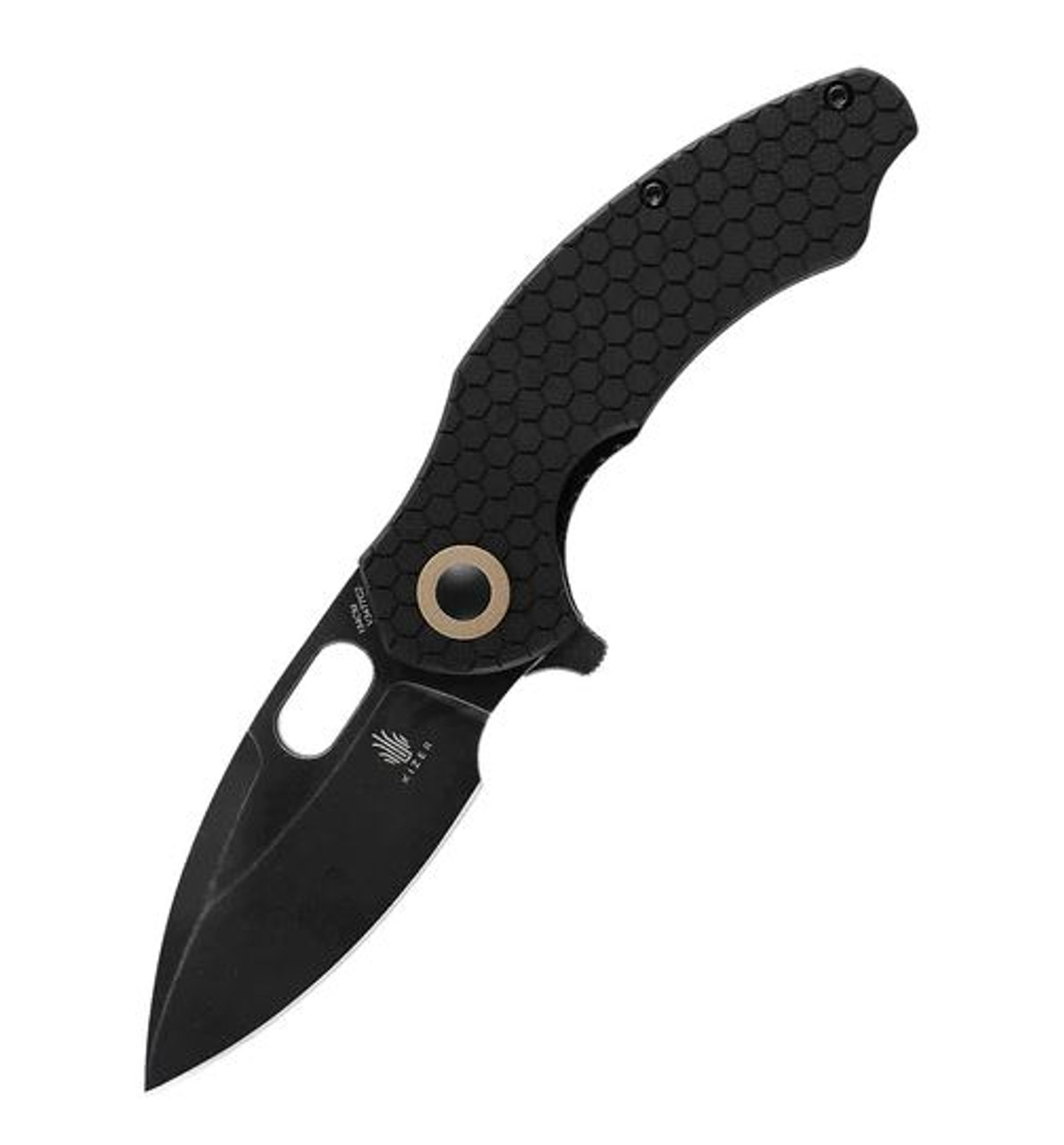Look At A Variety Of Spyderco Knives

There are many Traditional types of Folding Knives
A pocket knife is a folding knife with a blade that fits inside the handle and that is small enough to fit in a pocket, with blades no larger than 3 to 5 in. in length. These knives are very versatile tools, and can be used for anything from opening an envelope, to cutting rope, to slicing fruit. Pocket Spyderco can cost anywhere from $1 at convenience stores, to thousands of dollars for custom, hand-crafted pieces. Well-made knives start at around $20.
Most light duty pocket knives are slip joints, which means the blade does not lock, but once it’s opened it locks in place by a spring device that allows the blade to fold with a certain amount of pressure applied.
These knives often have more than one blade, (serrated, plain edged, saws) as well as a other tools such as bottle openers, corkscrews and scissors. A large tool selection is the signature of the Swiss Army Knife. These knives are issued to the army and sold to the public.
The German Army knife is large but light, with two blades opening from each side. It has hard plastic grips and aluminum liners. The United States Army knife used to have blades susceptible to rust and brass liners but now all Stainless Steel and very heavy and rugged. It has four blades opening from the same side. The handle, has rough edges, but can be rounded.
A pen knife: a small, thin knife with one or two pen blades, that does not interfere with the appearance of dress clothes, when carried in a pocket.
The Leatherman:
similar combination of tools compete with multi-bladed knives, but most of these are too large for carrying in a pocket. The “main blade” is typically a pair of pliers and there is typically one non-locking knife blade.
Locking Knife: medium-sized lock back knife with deer-antler grips, nickel-silver bolsters and brass liners
Locking Pocket Knives became popular in the 1900’s. Companies like Buck, Benchmade, Camillus, Gerber, Kershaw Letherman and Spyderco, to name a few, have created a wide range of products with locks of all types. This most popular form is similar to a slip joint, except that instead of the user releasing the blade with pressure, the user has to press on a lever on the back of the knife handle to release the blade, adding a level of safety. There are other types of locks; some of the more popular ones are the liner lock, the frame lock, and the Axis lock.
Even the Swiss Army knife has adopted the locks on some knives. Leatherman tools are now available with locking blades. Most locking knives have only one blade, as large as can be fit in the handle. An electrician’s knife typically has a locking screwdriver blade but a non-locking knife blade.
Nearly all pocket knives are legal to own, but they increasingly face legal restrictions on their use. While pocket knives are almost always used as tools, they do have the potential to become weapons. In many places it is illegal to conceal knives larger than a certain size, or with certain locking or opening mechanisms.
They are often banned or heavily restricted in secure areas, such as schools and airports. Switchblades and other “auto-openers” are banned from interstate shipment by the U.S. Government and prohibited entirely in many places, including 37 US states. Nevertheless, they retain a significant following, associated with those who enjoy camping, hunting, fishing, and so on.